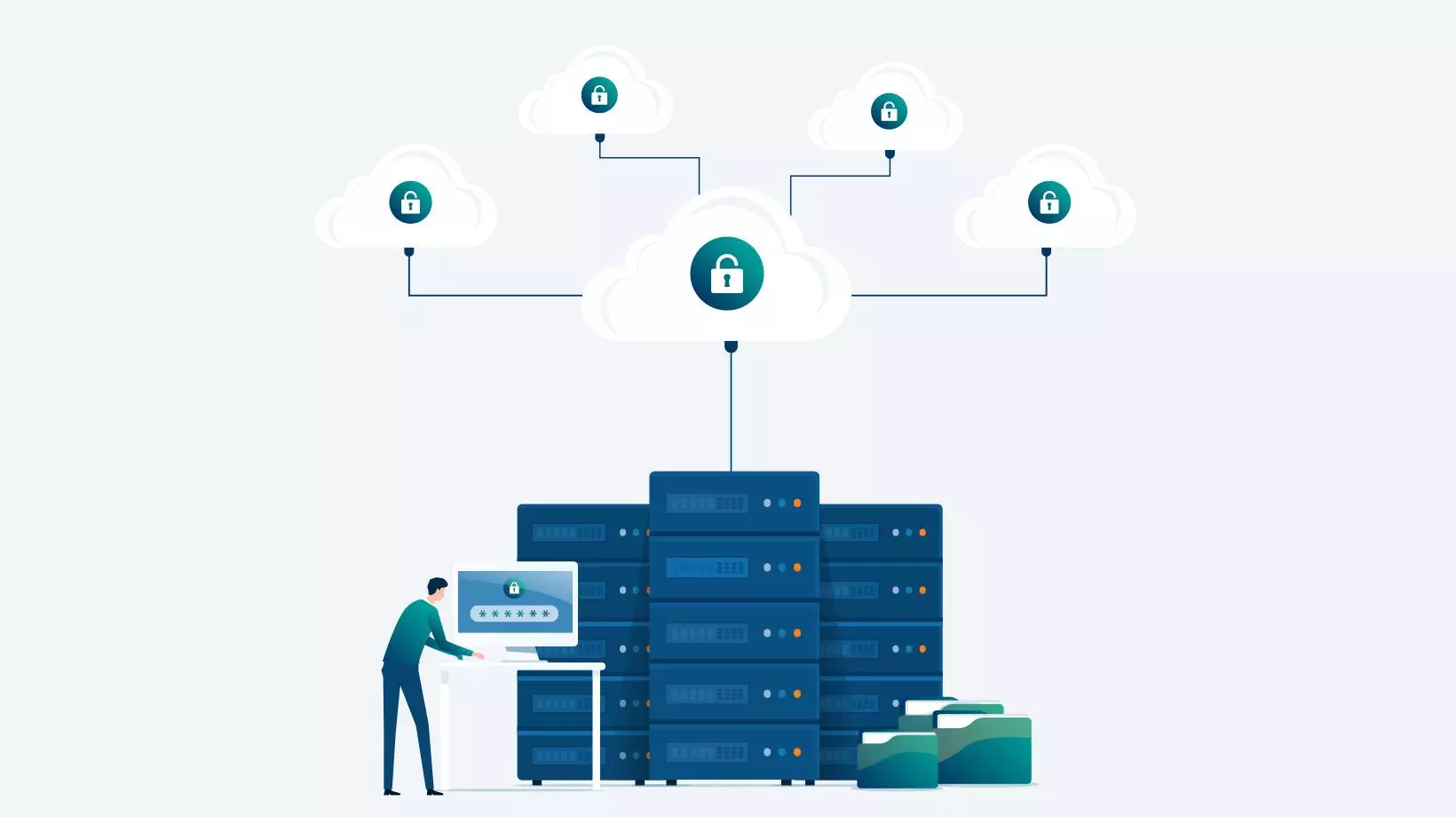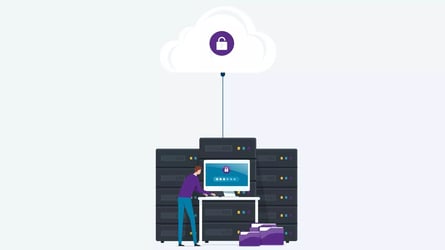It’s no secret that even the most comprehensive backup systems can fail, preventing access to the most important data in your enterprise and throwing a wrench in your daily operations. Backups can fail for various reasons, from user errors to backup window problems and mechanical failures. Over time, data can be corrupted on a physical medium as random errors occur. In fact, up to 50% of all restores fail to complete correctly.
Unfortunately, your business can face costly downtime and data loss if not corrected as soon as possible. That’s why having an extensive backup system in place with frequent testing is essential.
As one of today’s top providers of backup solutions, the team from Asigra wants to give you some insight into developing a comprehensive plan to improve your backup testing process.
- Know Precisely What to Test
When developing a backup testing plan, the first thing to do is document all your backup routines. Also, maintaining oversight of all your assets is key; we recommend you make a list. Include all backup types currently in use, their retention settings, and the hardware essential for backup and recovery processes. Include recovery point and recovery time estimates as well. Doing so will help you test your backups later and ensure they’re sufficient.
You’ll also need to plan for different types of restore scenarios that include full recoveries of a server or application stack, individual files/mailboxes, etc.
- Performing Backup Tests
You can begin your backup testing process by mapping out every piece of data and infrastructure you need to back up. In addition, there are some helpful checks you can perform to ensure you have a solid system in place, such as:
- Inspecting Your Backup Infrastructure: Enterprises with a local backup infrastructure should regularly check all SAN/NAS devices and backup servers and regularly check the logs for any backup errors. Organizations that use cloud backup solutions should inspect the files contained in storage frequently and check their provider dashboards for any errors.
- Checking Data Consistency: Another important component of ensuring a reliable backup plan is to ensure your data is consistent. Consistency checks are a mechanism that can indicate if a backup file has changed since the initial backup. A change can indicate corruption, manual error, or the presence of malware. Many backup solutions enable users to review the data on any device and in storage to ensure data integrity. Asigra Tigris includes an Autonomic Healing feature that automatically scans for data integrity errors and can automatically repair backup files that fail a consistency check by flagging the affected files for backup during the next backup session.
- Ensuring All Aspects of Infrastructure Are Covered: Even if you’ve already listed all your backup plans, as mentioned above, performing periodic infrastructure audits is essential to ensuring nothing is overlooked.
- Inspecting Your Security Settings: Arguably, one of the most important aspects to include in any backup testing plan is inspecting your security settings as often as possible. This means double-checking to ensure you’ve enabled data encryption in transit and at rest. Lastly, limit the number of people that have access to your backup storage solutions to retain a tighter handle on security and oversight. Asigra provides additional security with FIPS 140-2 certified encryption, Variable Repository Naming that makes it hard for attackers to find backup files, and Deep MFA, which provides greater control over who can access the backup infrastructure to make critical changes to settings.
- Perform Regular Recovery Tests
To ensure you can recover anything at any time, there are some regular recovery tests you can perform, such as:
- Clearly Defining the Scope of Your Tests: Break down every aspect of your recovery testing process, from the simplest to the most demanding tasks. Frequently test single file recovery services, single machines, and servers (including and excluding the infrastructure). Also, it’s key to perform recovery tests of every aspect of your network and infrastructure, every connected part. Also, test disaster recovery scenarios such as user errors, equipment failures, natural disasters, etc.
- Including Recovery Time & Recovery Point Estimations: In the event of an emergency, it’s important to have a clear idea of how much time it will take to get your enterprise up and running again. Test how much data you can afford to lose in a worst-case scenario and how fast you’ll be able to recover.
- Scheduling Your Tests: Regularly scheduled tests ensure your backup processes are reliable. Testing frequently will also enable your system to include/assess any changes in your infrastructure. Just be certain that your tests don’t interfere with your day-to-day business and schedule them during off hours.
- Infrastructure for Testing: Ensure you have adequate resources to perform your test restores, for example, servers, available SAN storage, etc. You don’t want to start testing and realize you’ve run out of resources. Pro Tip: Asigra includes a capability called Restore Validation that allows a test recovery to be performed in the Secure Repository Manager (DS-System) memory without restoring data to disk. This can save you both time and physical resources required for testing.
- Documenting Everything: All aspects of your testing should be clearly documented to enable you to catch any kinks or errors. This means including the testing schedule, the exact tests and their results, and the scope, in addition to RTO and RPO estimations. Additionally, include team members you need to notify when testing and those authorized to perform the tests.
Final Note
Your backups are only as good as your ability to restore them. Frequent testing and validation can put your mind at ease, knowing your backups will be there when you need them most.






